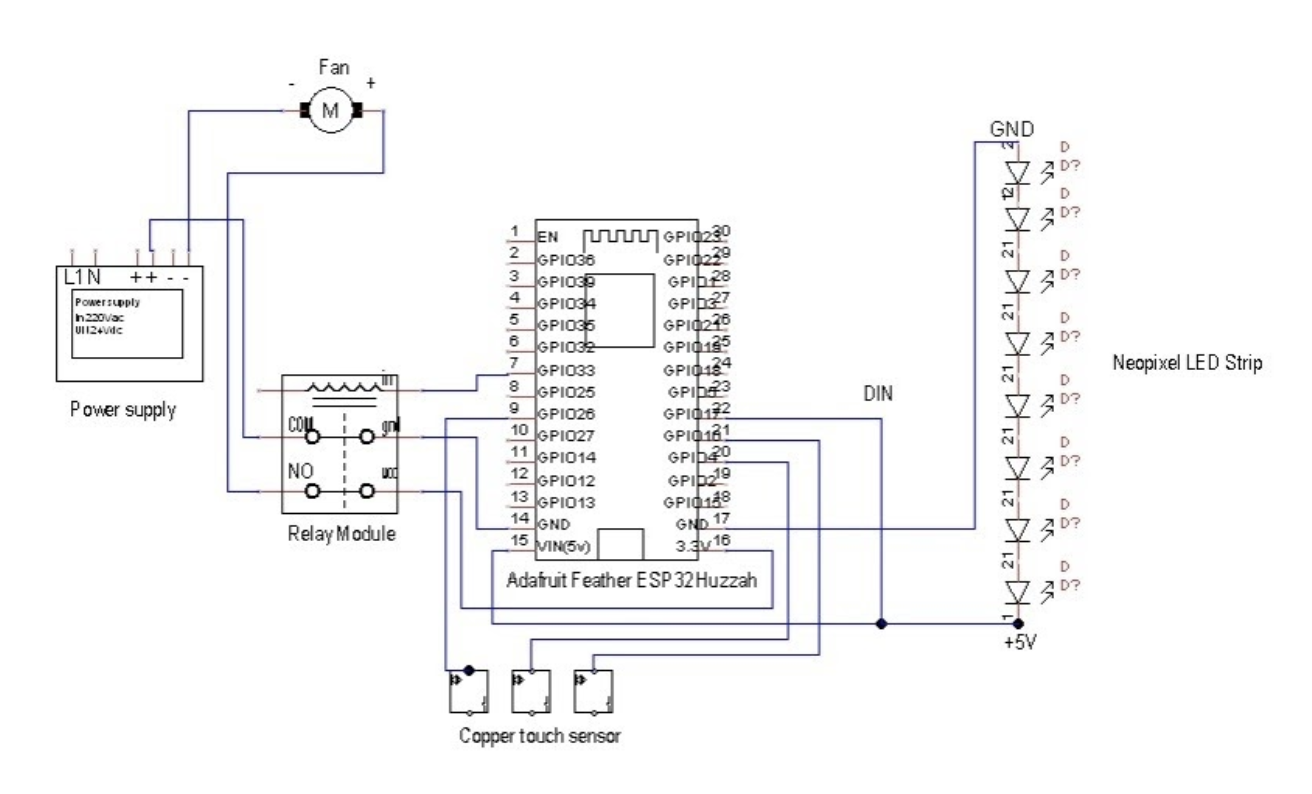This course has been one of the most fruitful so far in terms of a variety of prototypes developed throughout, and tools played around with.
Hope you enjoy this reading.
During this workshop we focused on disassembling an old macbook to really see what it is beyond the preconceived understanding that humanity has around these black boxes.
You, dear reader, can discover a more in-depth analysis by following this link: https://hackmd.io/R0RFkjt7RaeO5gX_PEmZdQ?view.
A thing (macbook) of these dimensions proven to have so much underneath that it blew our minds away. We saw how detailed and optimised the design has to be in order to satisfy the current demand and expectations of the consumers when it comes to computational power, product dimensions, overall, design, etc. Moreover, seeing other students' projects, we've also observed a high similarity in terms of electronics throughout different brands and even completely different products such as cleaning robots and TVs, among others.
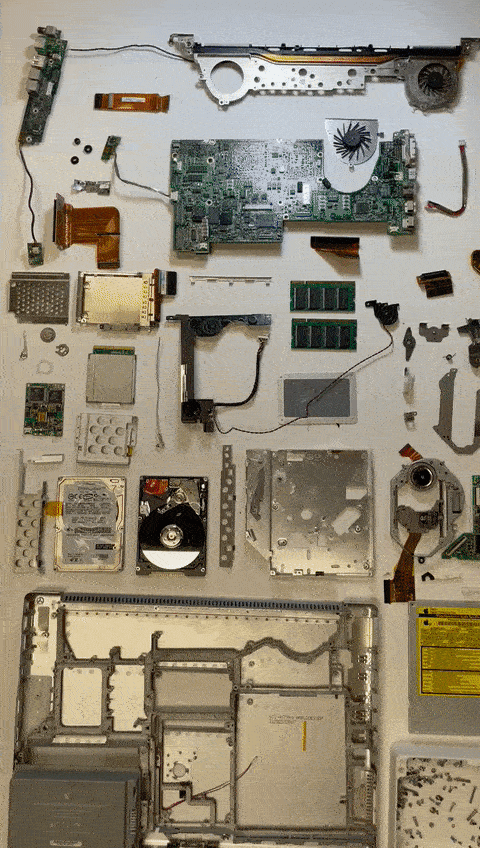
As we can see from the GIF above, the number of components that such a common device as a laptop requires is extremely numerous. What's also been very insightful is the underlying supply chain structure. Most of the components, although assembled and designed in the US, have come from around the world. Talk about the sustainability of all of this and how much we as consumers influence this whole world by buying these products.
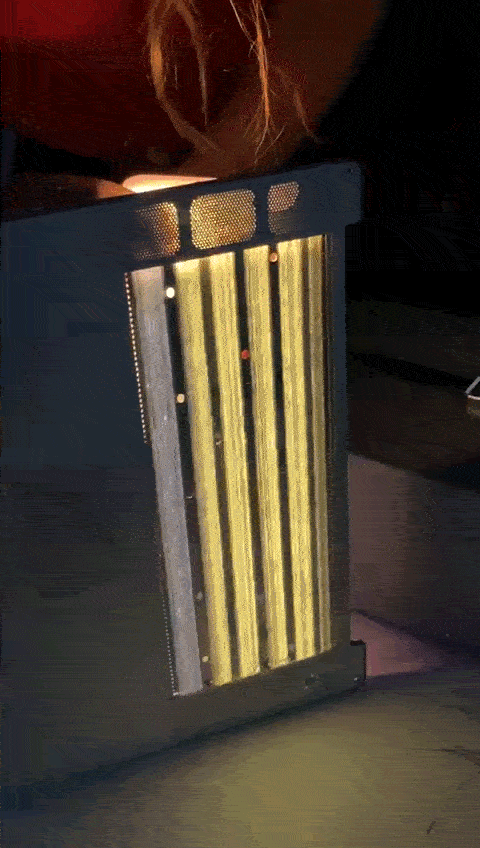
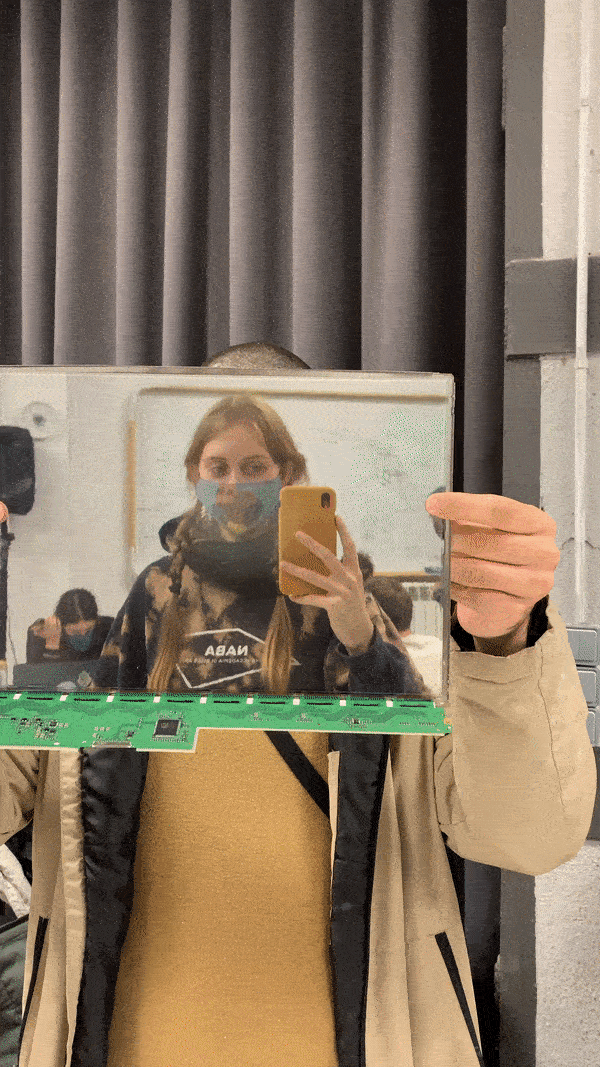
Moving further to have a more in-depth analysis of each part, we found that layering technique is highly used in many of the bigger components such as keyboards and displays. The display, for example, is comprised of 4 different layers in order to bring it to production and the final version that we as consumers see every day. The keyboard and specifically it's lighting system were also very interesting. When in the past there was a holistic panel to light up the whole of keyboard, now each of the keys has their own little LED light, allowing each of them to have different light.
Disarming the apple logo was also quite fun and we tried to show each of our eye as a "window to the other side of technology".
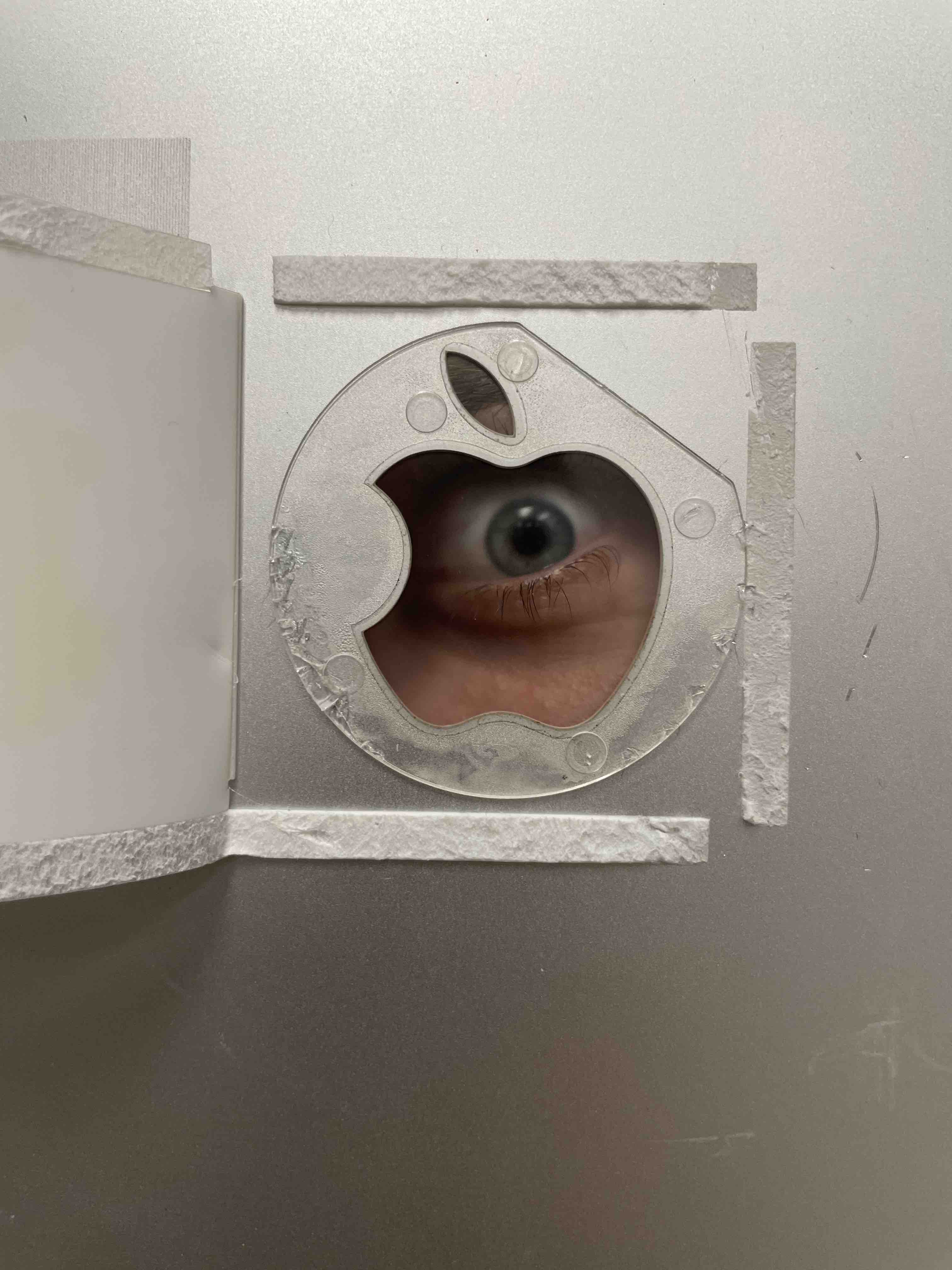
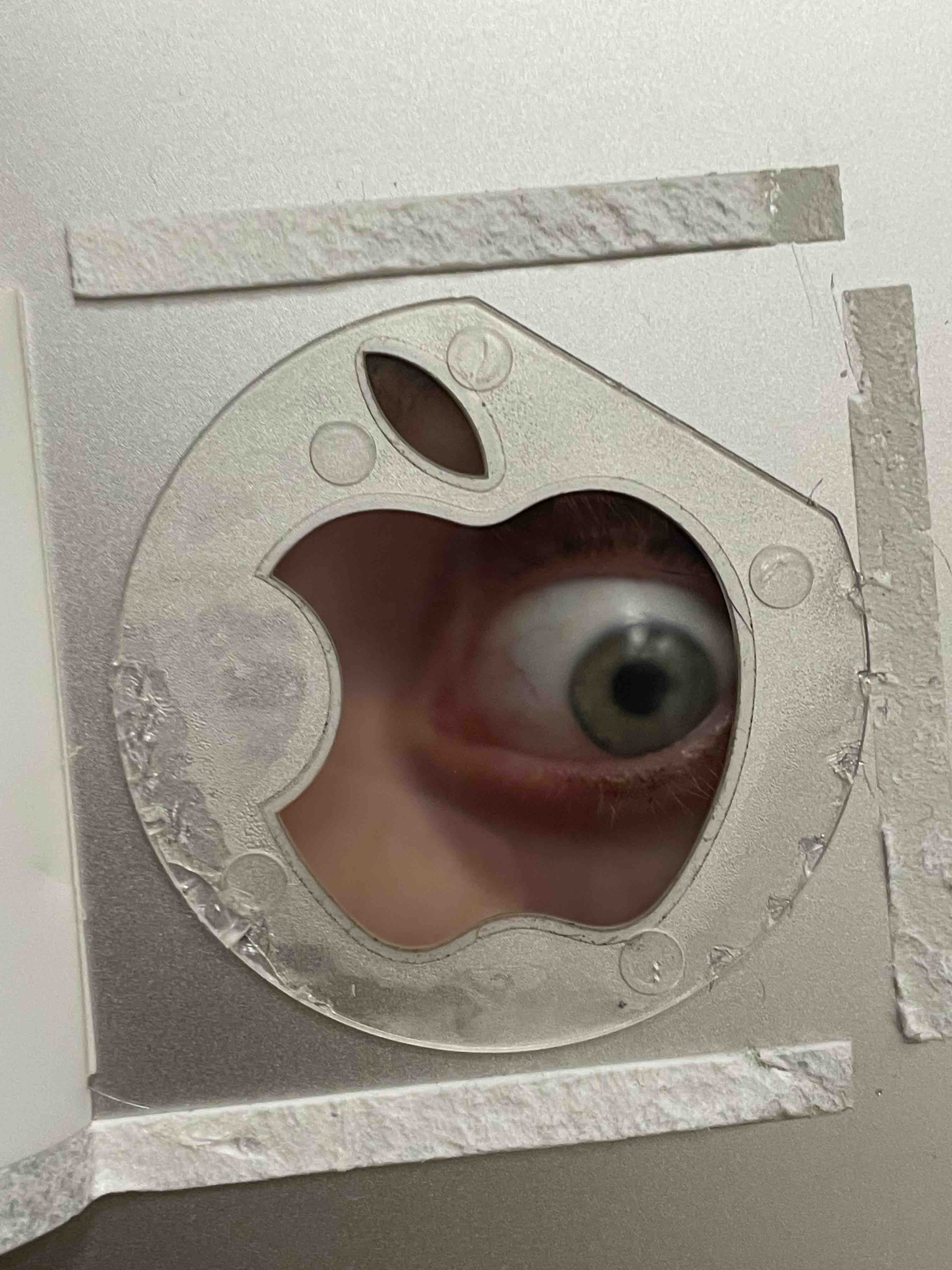

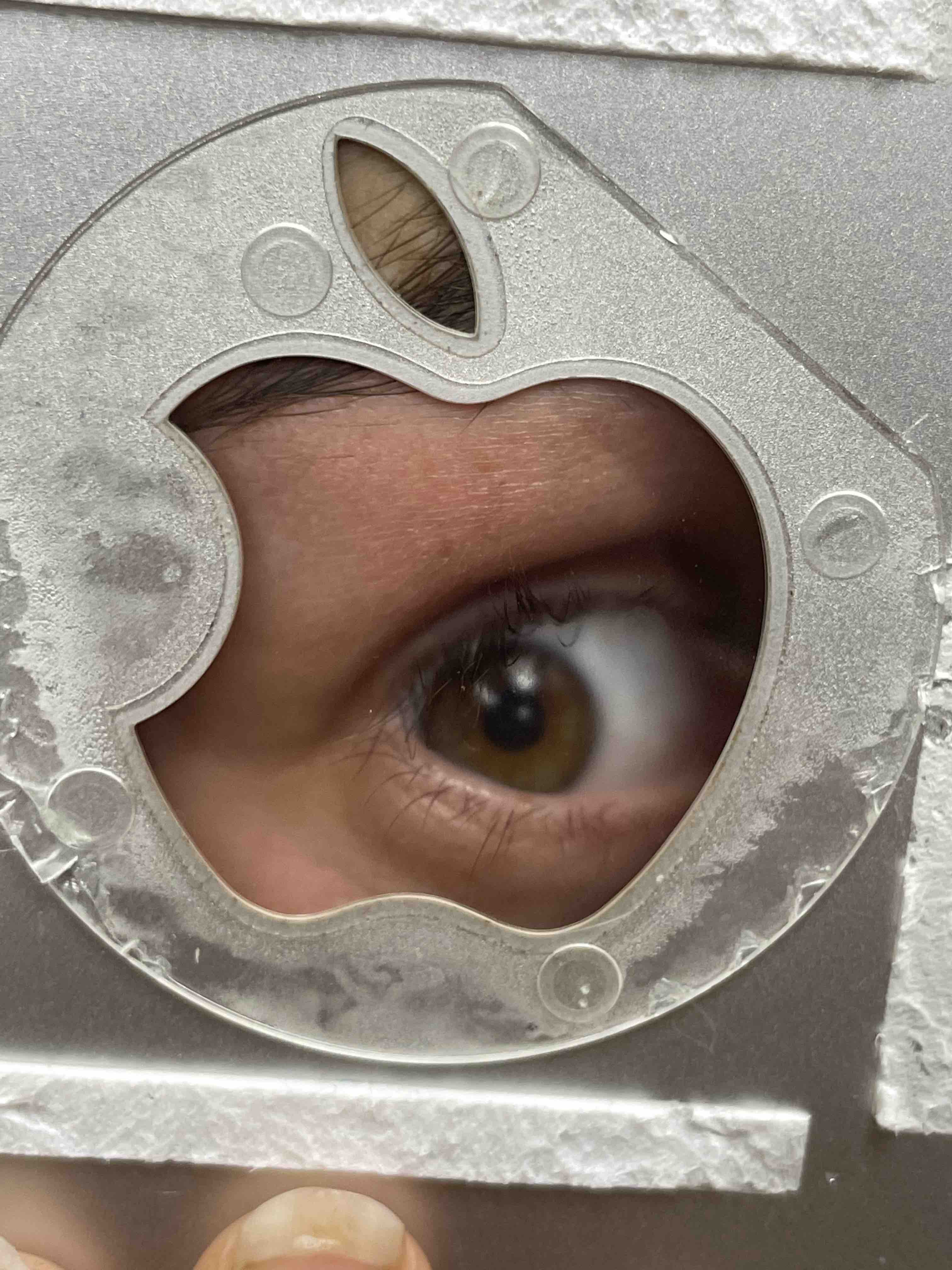
Finally, a specific learning, or rather realisation, for me, has been the process of slow iteration when it came to new versions of Macbooks. It's always been quite a surprise for me to see how little the Macbook are changing with every year and I've always attributed it to companies sticking with what worked in the past, instead of allowing true innovation. However, I've added a new layer to this somewhat one-sided view. To slightly vary even quite small part such as battery size needs so much alignment between the design, engineering and other stakeholders that the complexity of it all scales up extremely. Having an in-depth analysis of supply chain proved very useful in this regard. Changing a battery size doesn't only require a new production for one of the suppliers but for many of them.
In teams, we had an opportunity to either make a digital or physical intervention of gathering data. We chose the physical one. It's been my first time to actually engage in highly underestimated part of data science having to do with data gathering.
I still hold this project quite close to my heart since it brought a new personal interest for me - gender expression. We proceeded with identifying a hypothesis for the project. What started off with a question of 'How to make safer cities focusing in gender expression' move to 'Are people at IAAC aware of gender differentiating pronouns?'.
Throughout this project, my focus has been on analyzing the data with Python and Jupyter Notebooks. Conducting an explorative analysis on a very small database, consisting of our own data, has been highly surprising in terms of insights and unexpected findings. One such finding that made us understand the internal biases in our data collection method has been that there were more people who were saying they oftentimes ask about gender pronouns, then those who considered themselves of having a general awareness of what gender profiles were. Such a weird understanding definitely pointed us in a direction of improving our data collection method and hypothesis for future projects.
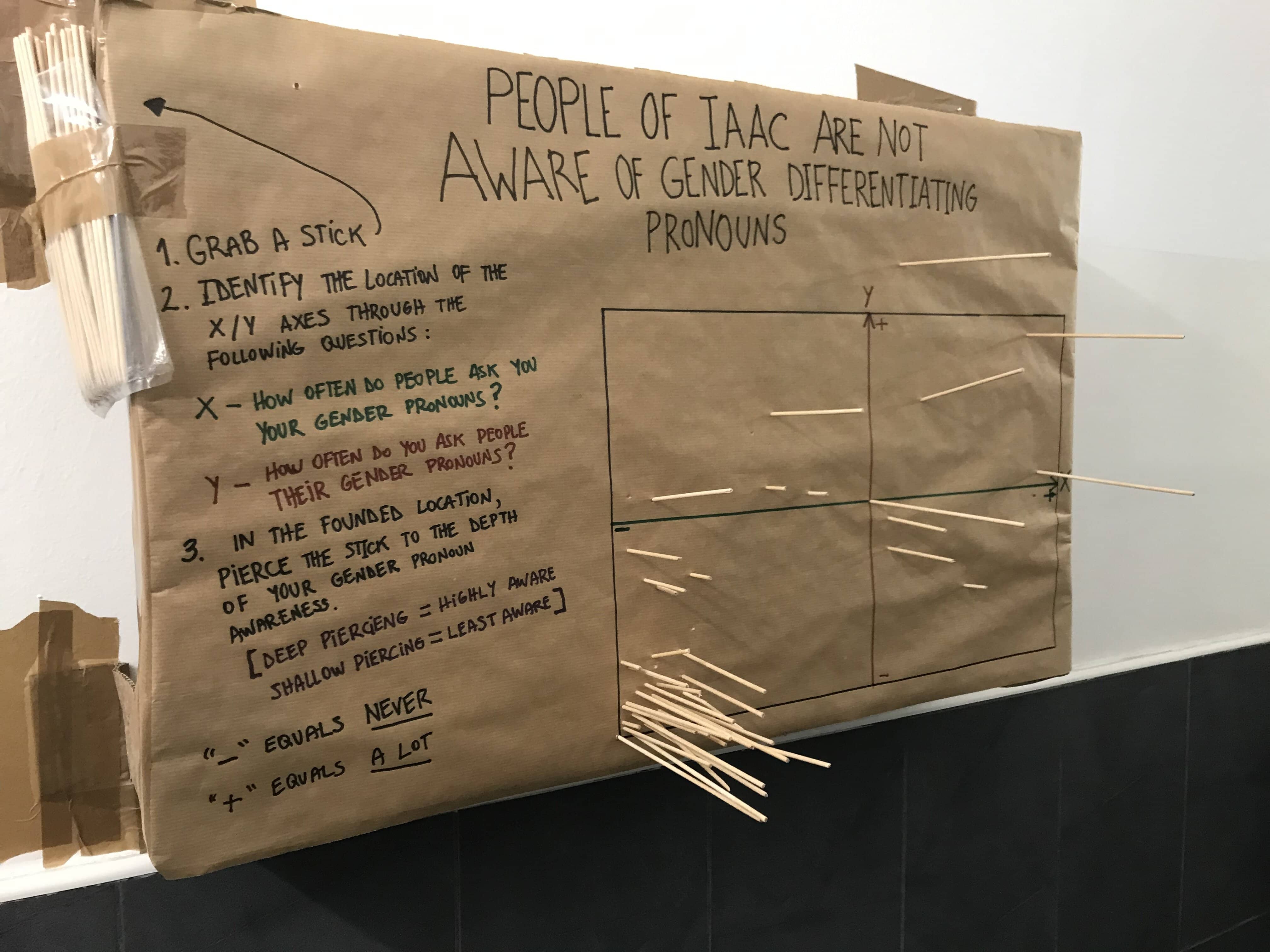
Discover a more in-depth analysis, as well as a jupyter notebook on gender studies here: https://hackmd.io/EtXk_eLfTmeD98oJX0lKrQ
Next up, we started a much more tech-oriented project around the idea of creating a useless machine.
People´s need for inclusivity and feeling connected (be part of something) is adressed in this machine, where you can interact and get a smile (from the machine and from yourself).
Design, electronics and fabrication process:

Prototyping and storytelling:

Human reactions (smiles):
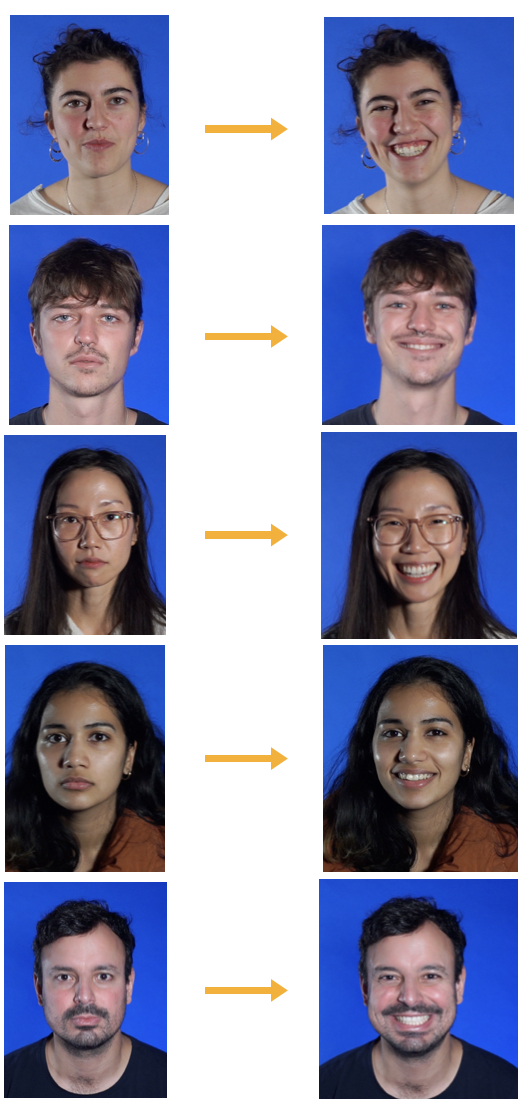
Storyboarding and the video prep:
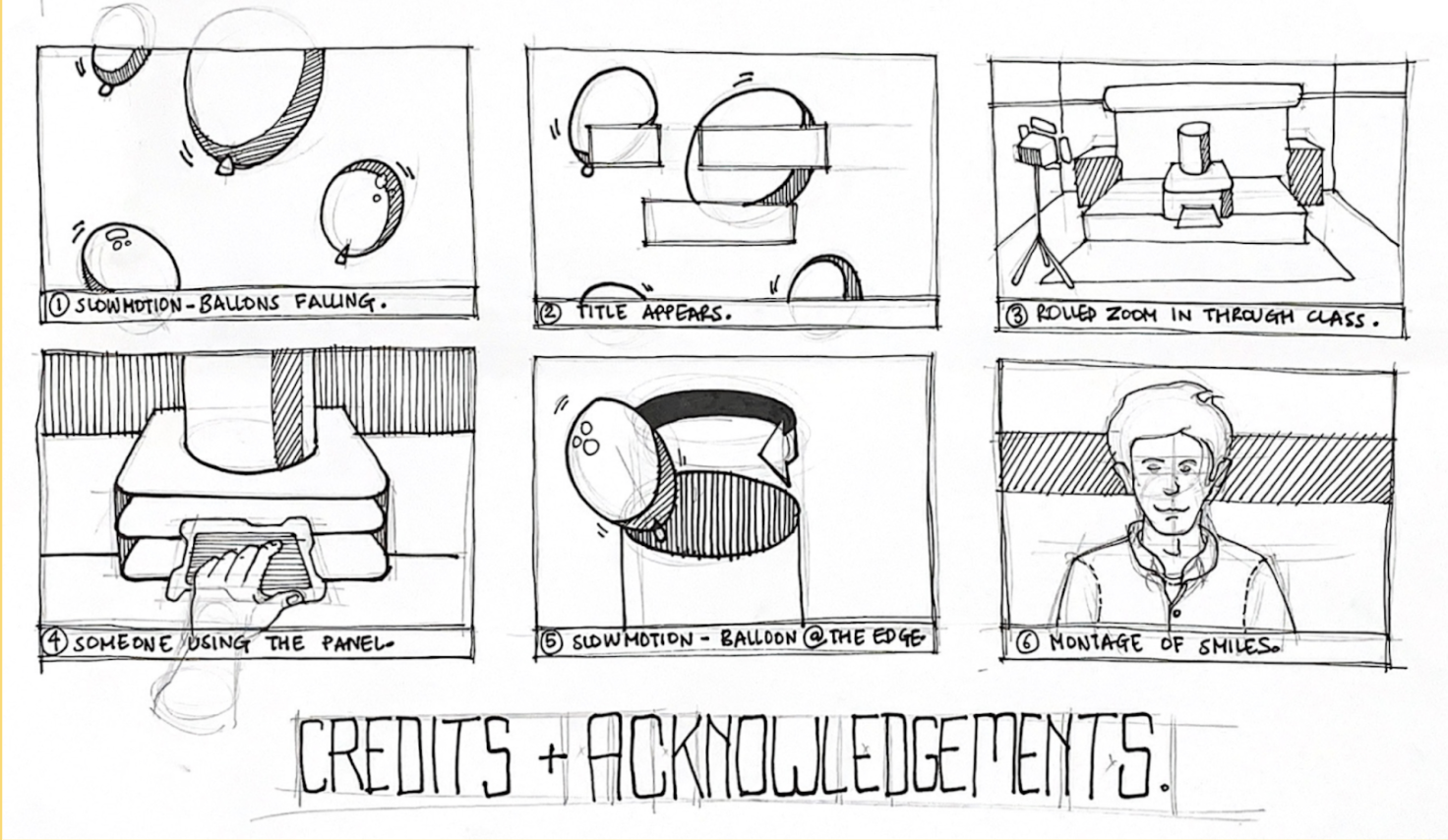
Find a link to our presentation here: https://docs.google.com/presentation/d/1R_QlpASGupockWAJxV_IFKaKJ-OMxydYArBRfEmzGw0/edit#slide=id.p
On the personal side, this project I've focused on working with physical computing and tools such as arduino. Starting with a pseudo code and moving all the way to a working prototype has not been a linear journey at all.
Here are the major contributions from my side in terms of the coding process:
- Used smoothing algorithm to average down the readings from the touch sensors.
- Used conditional statements to define three states of ‘loneliness’ and corresponding [fan + LEDs] combinations.
- Defined the passage of time with millis() function, and logic to align it to PRESSED / notPRESSED states of the touch sensors.
- And of course working in collaboration with one of my peeps on setting the system diagram right for inputs and outputs involved in this project, primarily different touch sensors as well as the fan and LED lights.
